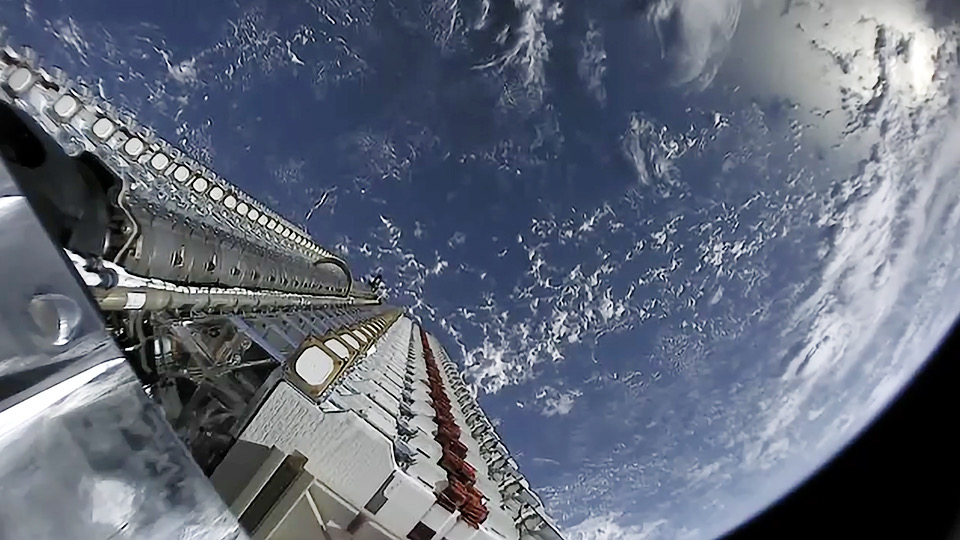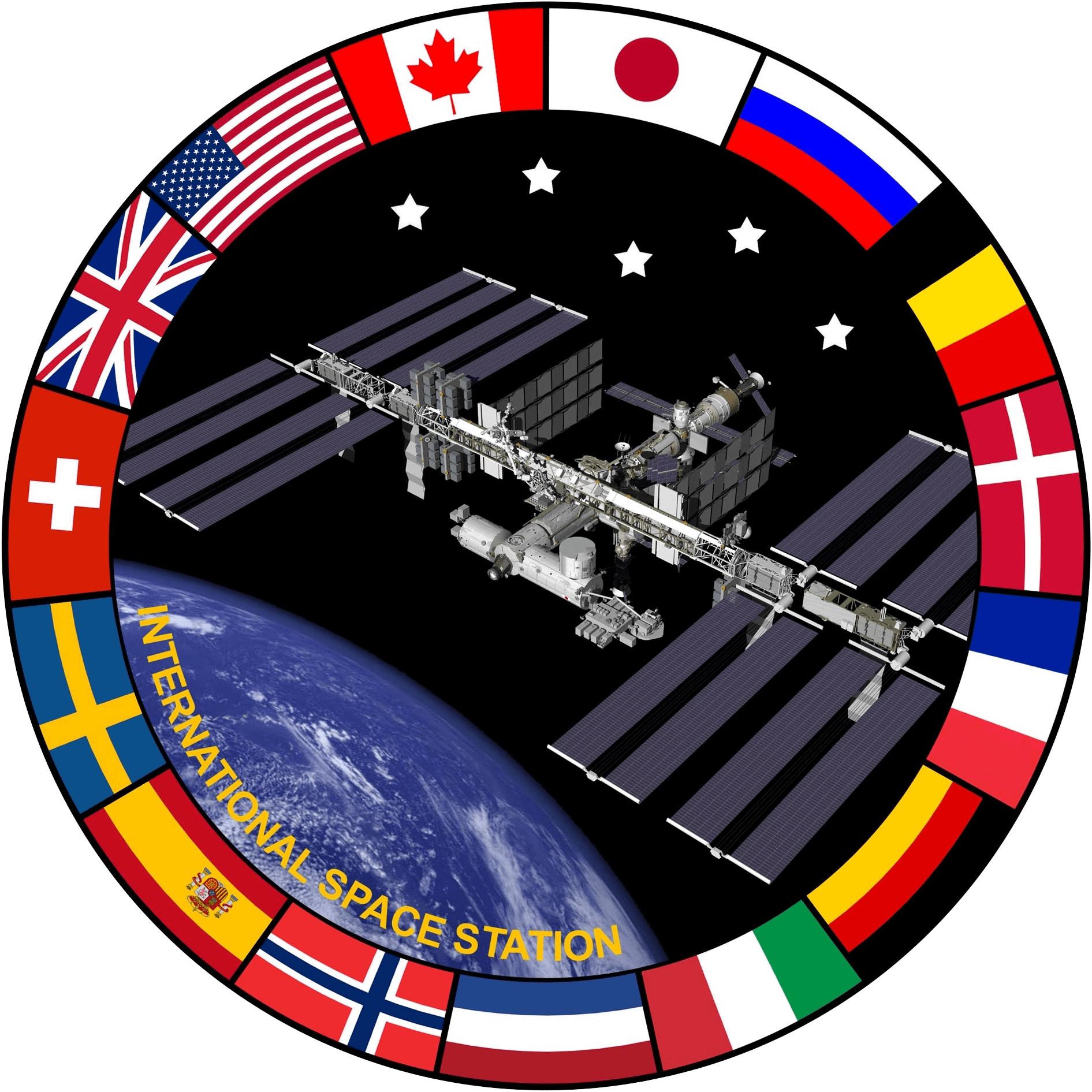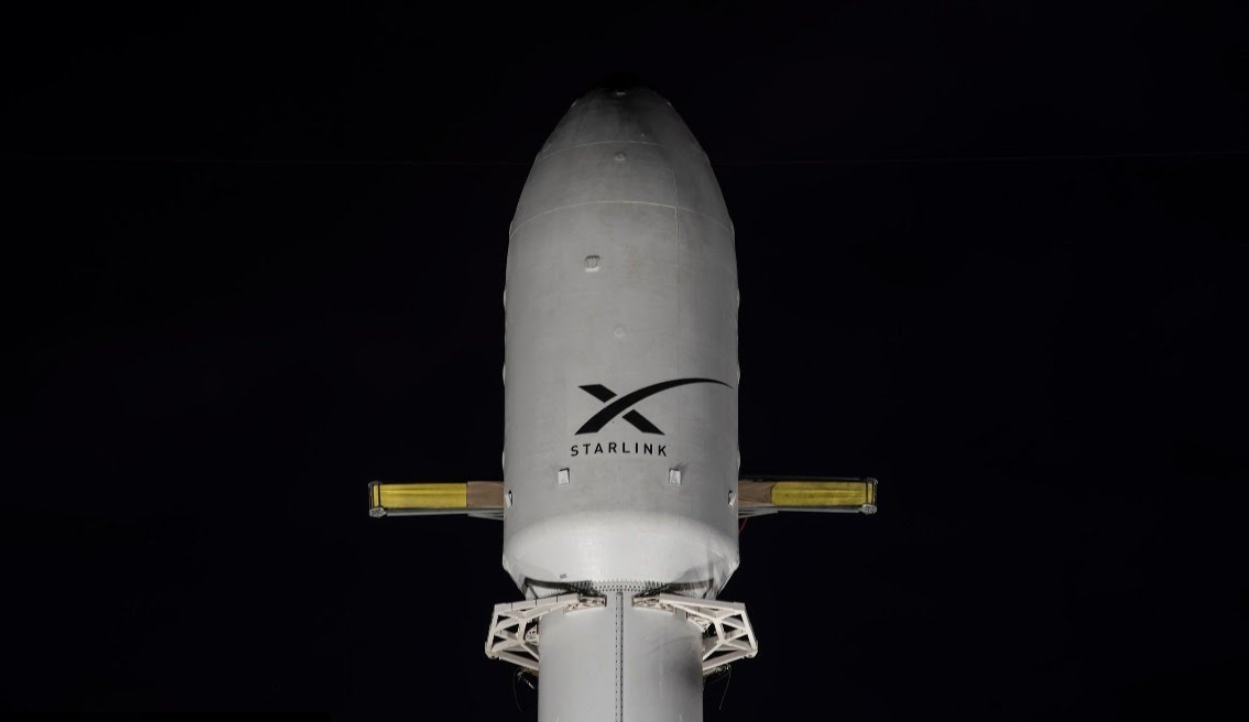· space brief · 4 min read
Space Brief 22 Apr 2025
Today's brief highlights key advancements in space technology and innovative military initiatives. Featuring deep space tracking system upgrades, a push towards quantum communications in orbit, and critical radar developments.

📄Top Stories
The U.S. Space Force has extended a contract with L3Harris for modernizing deep space tracking systems, crucial for enhancing Space Domain Awareness. The Air Force continues to explore potential sites for new radar systems across three states, while quantum communication technologies edge closer to space deployment. These advancements signify significant strides in both military and commercial space sectors, reflecting a new era of innovation and security.
📰Detailed Coverage
L3Harris Secures Contract Extension for Space Tracking Upgrades
L3Harris Technologies has received a contract extension from the U.S. Space Force to advance critical infrastructure supporting Space Domain Awareness. This initiative, part of the MOSSAIC program, aims to enhance satellite tracking and surveillance capabilities crucial for managing space debris and other space-borne objects.
These upgrades are vital for maintaining the integrity of space operations and offer increased capabilities for monitoring potential threats in orbit. The continuation of this project underscores the strategic importance of space situational awareness as satellite activity becomes ever more congested.
Read the full story: Space Daily
Air Force Evaluates New Radar Locations
Efforts are underway by the Air Force to identify new locations for homeland defense radar systems within three U.S. states. These radars aim to update NORAD’s air defense capabilities, a move complicated by evolving U.S.-Canada relations. The modernization of these systems plays a crucial role in maintaining airspace security across North America.
Strategically enhanced radar sites could also improve satellite and object tracking across broader regions, providing support for both military and civilian aerospace safety. By bolstering these defenses, the Air Force continues to strengthen continental security measures amidst growing geopolitical tensions.
Read the full story: Breaking Defense
Quantum Communications Prepares for Space Debut
Boeing is making strides in developing quantum communication technologies intended for use in space, potentially transforming in-orbit data transmission. This advancement could outperform traditional laser interlink systems in terms of speed and security, heralding a new era of satellite and network operations.
As quantum communication technology moves closer to practical implementation in orbit, it raises the prospect of more secure, reliable satellite data transfers. Such innovations could be integrated into our web app’s existing tracking capabilities, offering users unprecedented insights into satellite communication pathways.
Read the full story: Space Explored
🛰️Satellite Spotlight
- Satellite Name: YAOGAN-17 01C
- NORAD ID: 39241
- Launch Date: 2013 Sep 1
- Mission: Earth observation
- Orbit: Inclination: 63.3891°, Period: 13.5 rev/day, Eccentricity: 0.0390014
- Operator: ZZB
- Fun Fact: YAOGAN-17 01C was launched aboard a Chang Zheng 4C rocket, which is a workhorse for launching a variety of payloads for China’s space program.
Current TLE Data:
1 39241U 13046C 25112.19719578 .00000127 00000+0 23243-3 0 9997
2 39241 63.3891 95.0663 0390014 9.5976 351.2229 13.45413437571768Track this satellite in real-time on our web app: Track YAOGAN-17 01C
Upcoming Space Launches
April 24
- China Aerospace Science and Technology Corporation Long March 2F/G:
- Shenzhou 20 from Jiuquan Satellite Launch Center, People’s Republic of China (09:07 UTC) Ninth crewed flight to the Chinese space station.
April 25
-
SpaceX Falcon 9 Block 5:
- Starlink Group 6-74 from Cape Canaveral SFS, FL, USA (01:32 UTC) A batch of satellites for the Starlink mega-constellation - SpaceX’s project for space-based Internet communication system.
-
SpaceX Falcon 9 Block 5:
- Starlink Group 11-9 from Vandenberg SFB, CA, USA (21:40 UTC) A batch of satellites for the Starlink mega-constellation - SpaceX’s project for space-based Internet communication system.
April 27
- Firefly Aerospace Firefly Alpha:
- FLTA006 (Message in a Booster) from Vandenberg SFB, CA, USA (13:37 UTC) Sixth flight of the Firefly Alpha small satellite launcher, launching the demonstration mission for Lockheed Martin’s new LM400 satellite bus.
April 28
-
SpaceX Falcon 9 Block 5:
- Starlink Group 12-23 from Cape Canaveral SFS, FL, USA (02:04 UTC) A batch of satellites for the Starlink mega-constellation - SpaceX’s project for space-based Internet communication system.
-
United Launch Alliance Atlas V 551:
- Project Kuiper (KA-01) from Cape Canaveral SFS, FL, USA (23:00 UTC) Project Kuiper is a mega constellation of satellites in Low Earth Orbit to offer broadband internet access.
April 29
- Arianespace Vega-C:
- Biomass from Guiana Space Centre, French Guiana (09:15 UTC) This mission is designed to measure the density of carbon stored in the world’s forests using a P-band synthetic aperture radar.
April 30
-
Gilmour Space Technologies Eris-1:
- Maiden Flight from Bowen Orbital Spaceport (00:00 UTC) Maiden flight of Gilmour Space’s orbital launch vehicle Eris.
-
SpaceX Falcon 9 Block 5:
- Starlink Group 12-10 from Cape Canaveral SFS, FL, USA (00:00 UTC) A batch of satellites for the Starlink mega-constellation - SpaceX’s project for space-based Internet communication system.
Note: Launch dates and times are subject to change due to technical or weather considerations.

Maurice Stellarski





